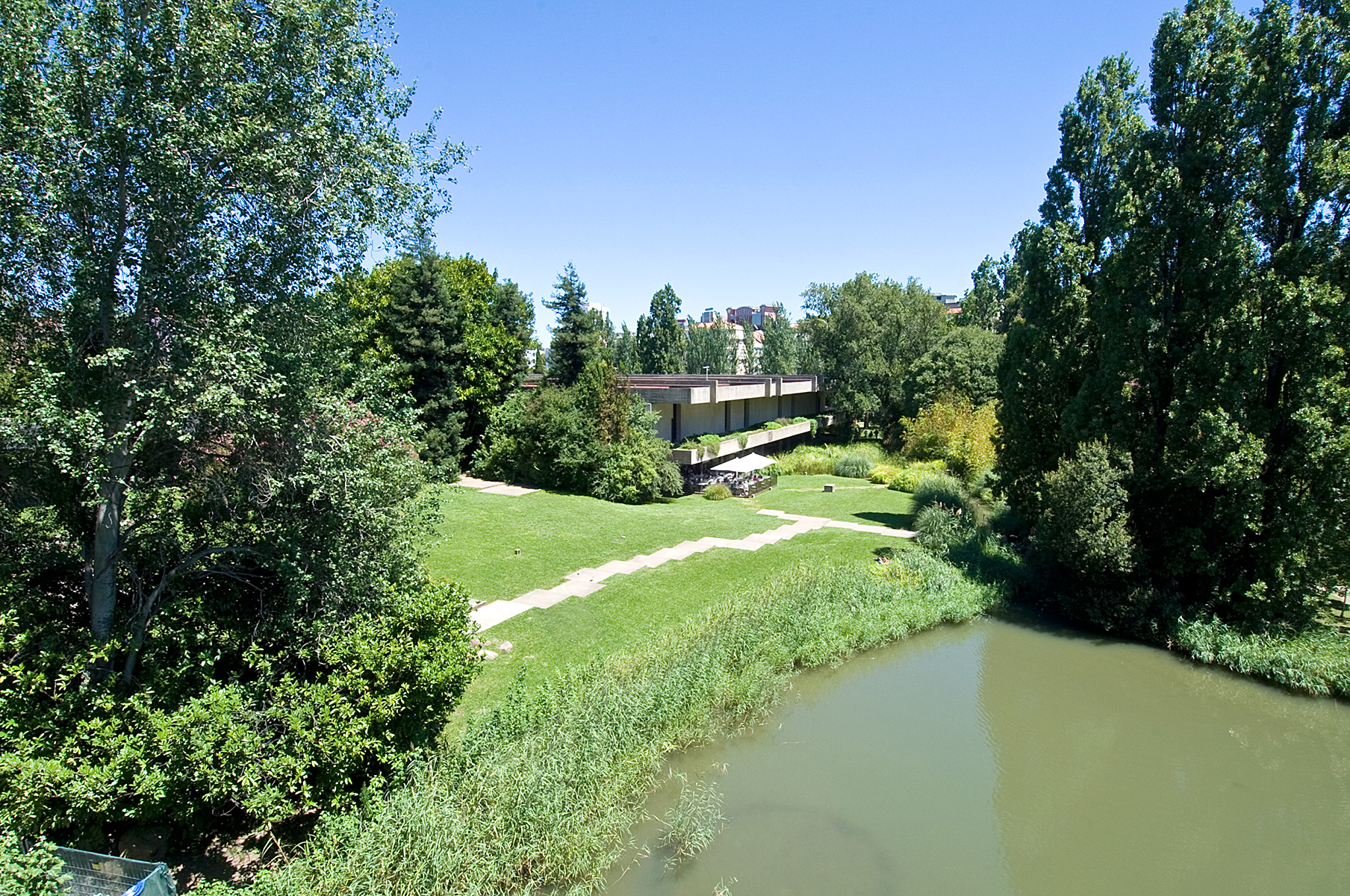UNESCO World Heritage

The Calouste Gulbenkian Foundation Headquarters Building and Garden are on the indicative list of Portugal for inclusion as UNESCO recognised world heritage. This list includes 22 sites and was reviewed in keeping with the recommendations handed down by the United Nations Education, Science and Culture Organisation – UNESCO stipulating that these indicative lists submitted by each state be updated every ten years.
The Gulbenkian Foundation thus appears beside the Lisbon Aqueduct, the set of architectural works by Álvaro Siza Vieira and the Bom Jesus Sanctuary in Braga, among others. Portugal already has 15 cultural landmarks raised to World Heritage status, one of the countries with the largest number of registrations.
According to the information released by the Portuguese Ministry of Foreign Affairs, and quoted by the Lusa news agency, the UNESCO National Commission was supported by experts, with consultancy roles, including an Inter-ministerial Working Group, purpose founded for this purpose.
The aforementioned ministerial statement explains that “the proposals were evaluated by the panel taking into account their exceptional potential universal value, the authenticity and/or integrity of their assets, the criteria in effect, comparison with other identical cases and whether or not these fill shortcomings present on the World Heritage List”.
The new indicative list is to be delivered to the UNESCO World Heritage Centre for the approval of the World Heritage Committee. The Calouste Gulbenkian Foundation Headquarters Building and Garden were attributed National Monument status in 2010.
